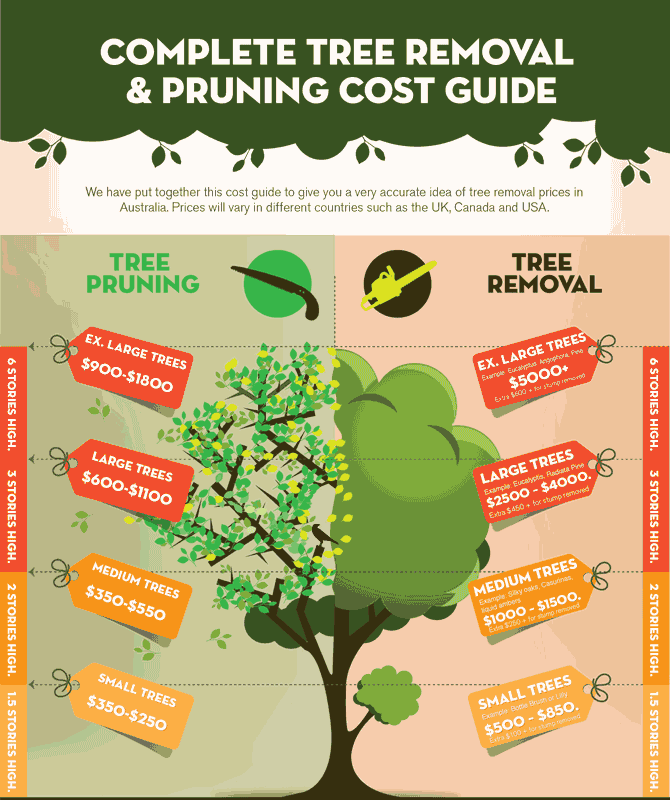Examine Methods To Support A Successful Landscape After The Elimination Of Trees
Examine Methods To Support A Successful Landscape After The Elimination Of Trees
Blog Article
Authored By-
When it concerns seasonal tree treatment, guaranteeing proper administration prior to and after removal can significantly impact the health and wellness and appearances of your landscape. By comprehending the necessary steps associated with assessing tree health and planning for elimination, you can proactively guard your property. But what about the essential practices to comply with once the tree is gone? Keep tuned to find the important post-removal treatment measures that will aid you cultivate a growing and sustainable environment for your trees.
Pre-Removal Tree Care
Before attending to the elimination of a tree, it's important to focus on pre-removal tree care. Start by analyzing the tree's wellness and structural integrity. Try to find indicators of illness, pest infestations, or any structural issues that might present a safety risk throughout elimination. It's vital to seek advice from a certified arborist to identify the best course of action.
Pruning dead or unhealthy branches can stop further damage to the tree and guarantee a smoother elimination process.
Furthermore, think about the ecological influence of removing the tree. Trees play a vital function in our ecosystem, so planting a brand-new tree in a suitable area can help offset any loss. Ensure that you have the essential licenses and approvals for tree removal, specifically if the tree is secured by local guidelines.
Seasonal Upkeep Tips
Analyzing your tree's requirements throughout the year is critical for its wellness and durability. To maintain your trees in top problem, follow these seasonal maintenance pointers.
In spring, focus on pruning to get rid of dead or broken branches and encourage brand-new growth.
Summer season requires normal watering, particularly throughout dry spells, to ensure your tree stays hydrated.
As fall methods, keep an eye out for very early indications of disease or anxiety, and think about using compost to shield the origins throughout wintertime.
In arborist pants , beware when removing snow from branches to stop damage, and remain to check your tree's total health.
Keep in mind to readjust your treatment regular based upon the certain requirements of your tree species and regional environment. By staying alert and positive throughout the periods, you can aid your trees grow and grow for many years ahead.
Post-Removal Tree Treatment
To make sure the wellness of your landscape even after tree removal, correct post-removal treatment is essential. After a tree is removed, it's vital to fill up the staying hole with topsoil and compact it to prevent settling. This will aid maintain the integrity of the ground and stop possible threats in the future.
Consider planting visit the next website -new plants instead of the gotten rid of tree to recover the balance and appearances of your landscape. Frequently water the location to promote the growth of brand-new plants and avoid dirt disintegration.
Examine the bordering trees for any indications of condition or stress and anxiety that may have been brought on by the eliminated tree. Keep an eye out for pests that may've been attracted to the previous tree and take safety nets to safeguard the staying plant life.
If needed, talk to an expert arborist to examine the impact of the elimination on the bordering trees and establish any additional treatment needed. By adhering to these post-removal treatment steps, you can make certain the continued health and wellness and charm of your landscape.
Verdict
In conclusion, aggressive seasonal tree care is crucial for maintaining the wellness and equilibrium of your landscape. By examining tree wellness, pruning, and seeking advice from an arborist prior to elimination, you can guarantee a risk-free process. After elimination, filling up the hole, planting new plants, and routine watering will certainly advertise brand-new development and avoid disintegration. Remember to examine surrounding trees for illness and look for further treatment actions from an arborist to keep your landscape thriving.
